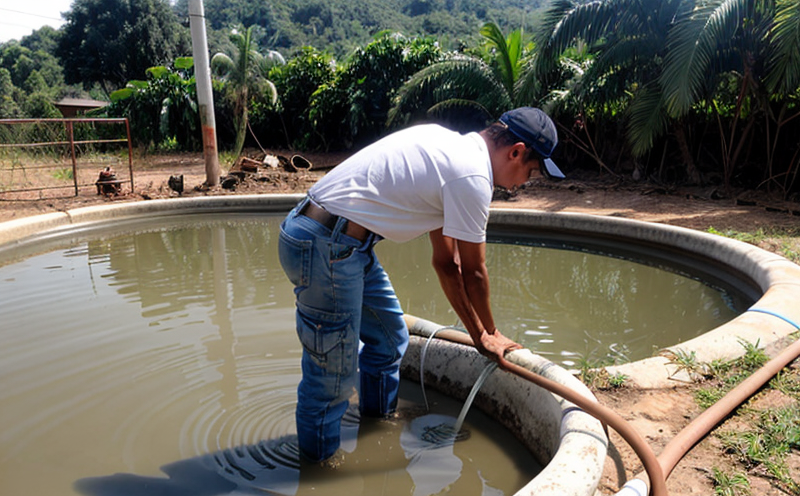Water supply system inspection
The inspection of water supply systems is a critical component in ensuring the safety and reliability of potable water distribution. Water supply systems are vast networks that ensure clean, safe drinking water reaches households and businesses. These inspections are essential to verify compliance with local, national, and international standards such as ISO 14025 for environmental labeling.
The primary goal of these inspections is to identify potential hazards or deficiencies in the system's design, construction, operation, and maintenance. This process involves a thorough examination of various components including water meters, valves, pipes, storage tanks, pumps, and treatment facilities. The inspection also covers the integrity of the piping systems within buildings, ensuring they are free from leaks and corrosion.
Water supply system inspections can be conducted at different levels: pre-construction, during construction, and post-completion. Pre-construction inspections ensure that the design meets all necessary regulatory requirements. During construction, inspections verify that work is being carried out according to approved plans and specifications. Post-completion inspections confirm that the installed systems function correctly and meet quality standards.
The inspection process typically involves several steps: initial assessment of the water system's condition, detailed examination using specialized tools like ultrasonic probes for detecting internal pipe wall thickness, pressure testing to check for leaks or weaknesses in the pipes, and visual inspections for any visible damage. Additionally, chemical analysis is performed on samples taken from different points within the system to ensure compliance with drinking water quality standards.
Water supply systems are subject to wear and tear over time due to environmental factors like temperature changes, soil movement, and human activities such as excavation nearby. Regular inspections help in identifying early signs of deterioration which allows for timely repairs preventing major failures that could affect public health.
Understanding the importance of regular water supply system inspection is crucial for maintaining a high standard of living across all sectors including residential areas, commercial buildings, industrial plants, and public facilities like hospitals and schools. By adhering to strict protocols during these inspections, we can ensure not only compliance with regulatory requirements but also contribute significantly towards protecting public health.
Industry Applications
| Application | Description |
|---|---|
| Municipal Water Authorities | Inspections for ensuring compliance with local and national regulations. |
| Construction Companies | Verification of water supply infrastructure during new developments. |
| Building Owners | Regular checks to maintain the integrity and performance of installed systems. |
| Facility Managers | Maintaining operational efficiency by identifying potential issues early on. |
Customer Impact and Satisfaction
- Health Protection: Ensures that the water delivered meets strict quality standards, thereby protecting public health.
- Economic Benefits: By preventing costly repairs or replacements due to negligence, these inspections lead to long-term savings for businesses and municipalities.
Environmental and Sustainability Contributions
- Resource Efficiency: Identifying leaks helps in conserving water resources which is crucial given the increasing demand globally.
- Emission Reduction: Properly functioning systems reduce energy consumption required for pumping and treatment processes, thus lowering greenhouse gas emissions.





